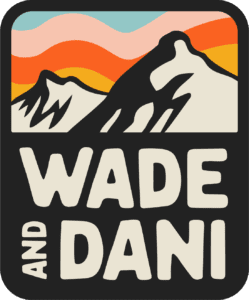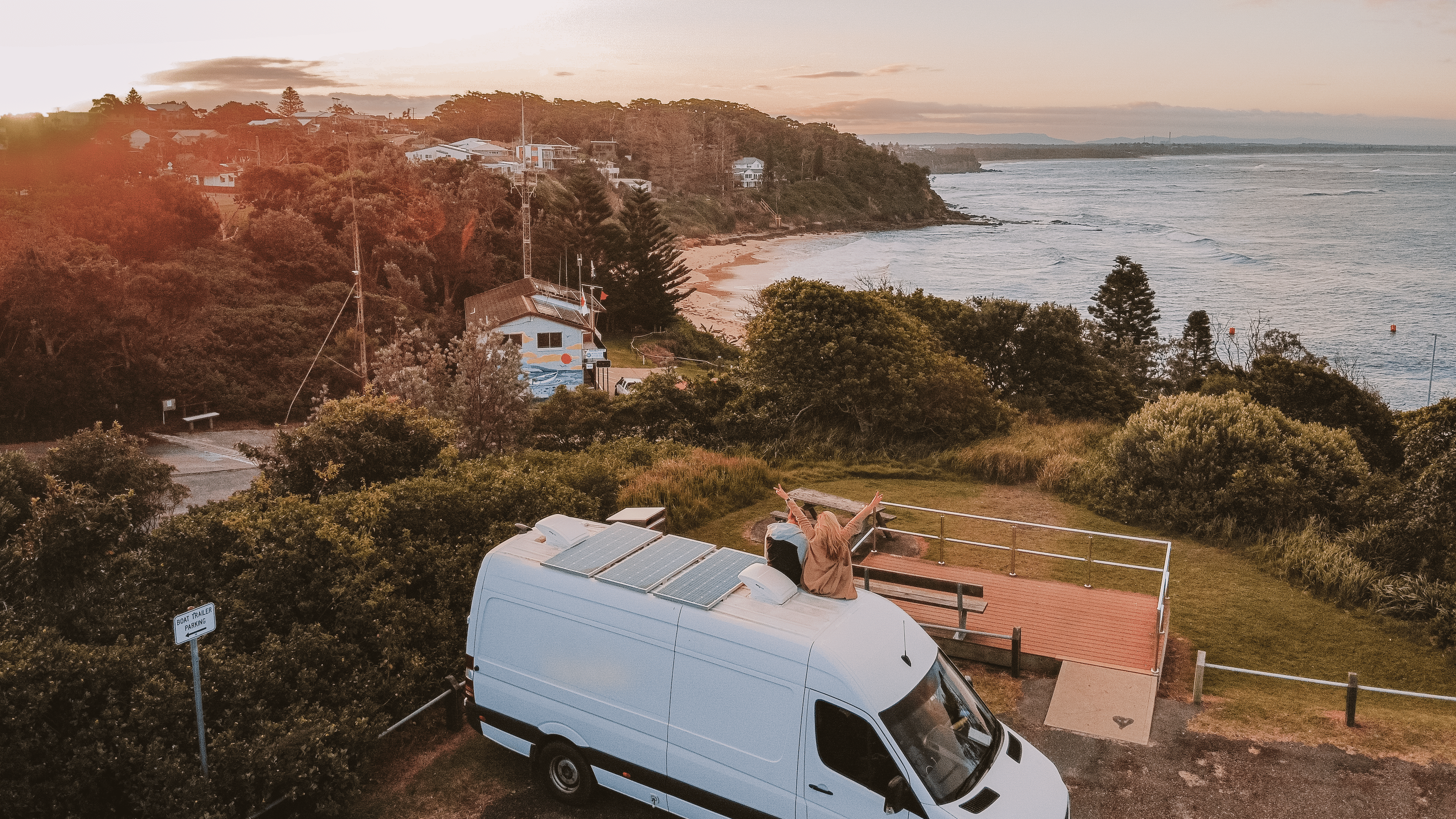
Van Build
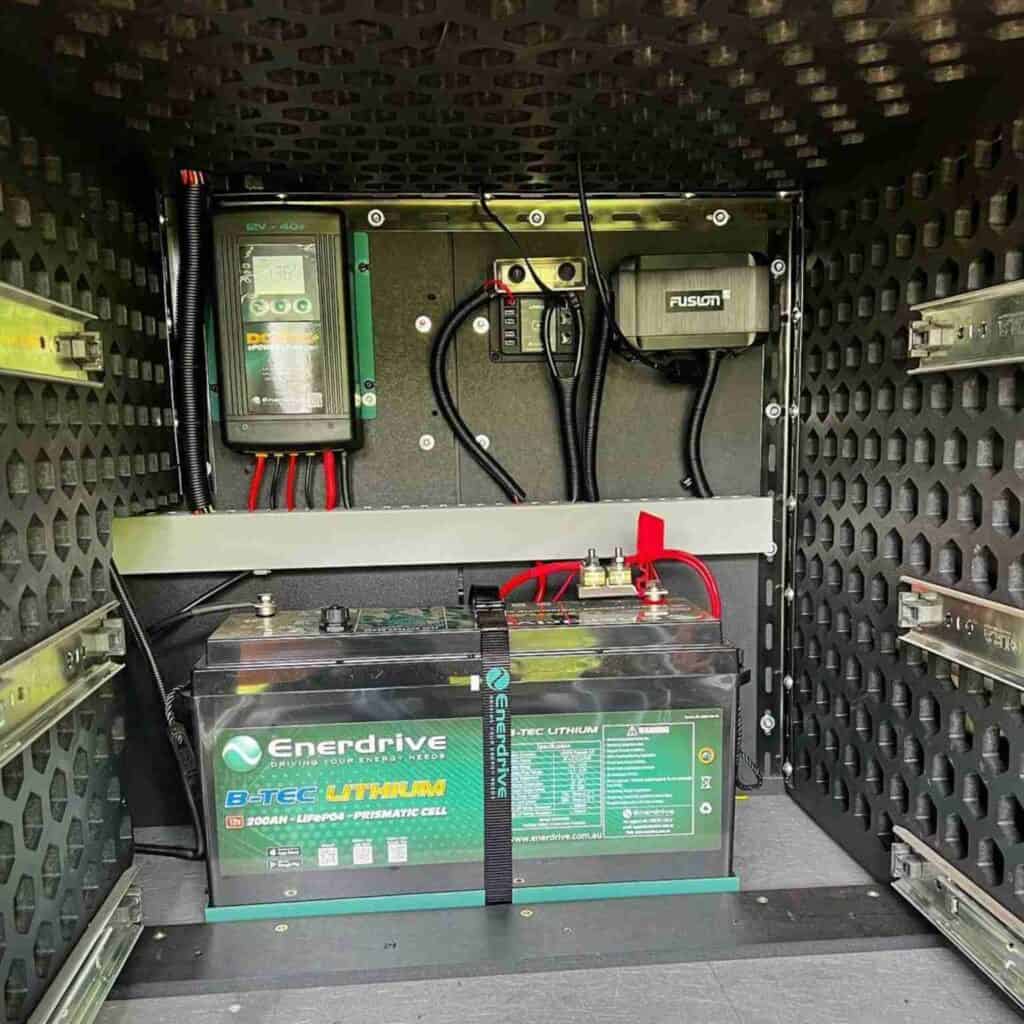
Camper Van Electrical
– Top 5 Lithium Batteries in Australia For Camping and Caravans (2025)
– Campervan Battery: The Ultimate Guide
– Lithium-Ion Battery Pros and Cons
– How to Charge a Camper van Lithium Battery
– How To Increase The Life Of Your Camper van Lithium Battery
– Bluetti EB3A Portable Power Station Review
– Best 12v to 240v Caravan Inverters in Australia
– What Size Inverter Do I Need For My Campervan
– What Appliances Can Be Powered By A 3.5 kva Generator?
– Best Solar Charge Controller: Buyers Guide
– How to Get the Most Out of Your Camper van Solar Panels
– Solar Panels for vans Which One Is Right?
– Top Five 12V Smart TVs for Caravans in (2025)
– Top 5 Best Caravan TV Antennas in (2025)
– Everything You Need to Know About Caravan Battery Management Systems
– How To Get a Good TV Signal In a Caravan
– What is a 12v to 240v Inverter and How Does it Work?
– Enerdrive Lithium Battery Review: A Closer Look
– Enerdrive B-TEC 100Ah Slim Lithium Battery Review – Is It Really Good?
– Best DC-DC Caravan Battery Chargers in Australia
– A Comprehensive iTechworld 240X Pro Review (2025)
– iTechworld iTECH120X PRO Lithium Battery Review (2025)
– Bluetti AC200Max and B230 Combo Review
– What Size Inverter Do I Need to Run a Microwave?
– A Complete BLUETTI AC180 Review: Everything You Need to Know
– The Ultimate Guide to the Best Portable Solar Panels (2025)
– Top Caravan Solar Panels Australia (2025)
– What Is a DCDC Charger and Are They Worth It
– Caravan 12v Battery Monitors: Our Five Top Picks (2025)
– Top Caravan Solar Panels Australia (2025)
– What’s the Best Handheld UHF Radio? A Review of Five Products (2025)
– Unlocking Caravan WiFi in 2023: The Ultimate Guide
– Best Portable Jump Starter Australia: A Comprehensive Guide for 2023
– The Ultimate Power Solution for Your Vehicle – iTechworld JS80 Portable Jump Starter
– Buyers Guide: Lithium Batteries in Australia
– Can I Charge My Lithium Battery with a Lead Acid Charger? Exploring Compatibility and Risk
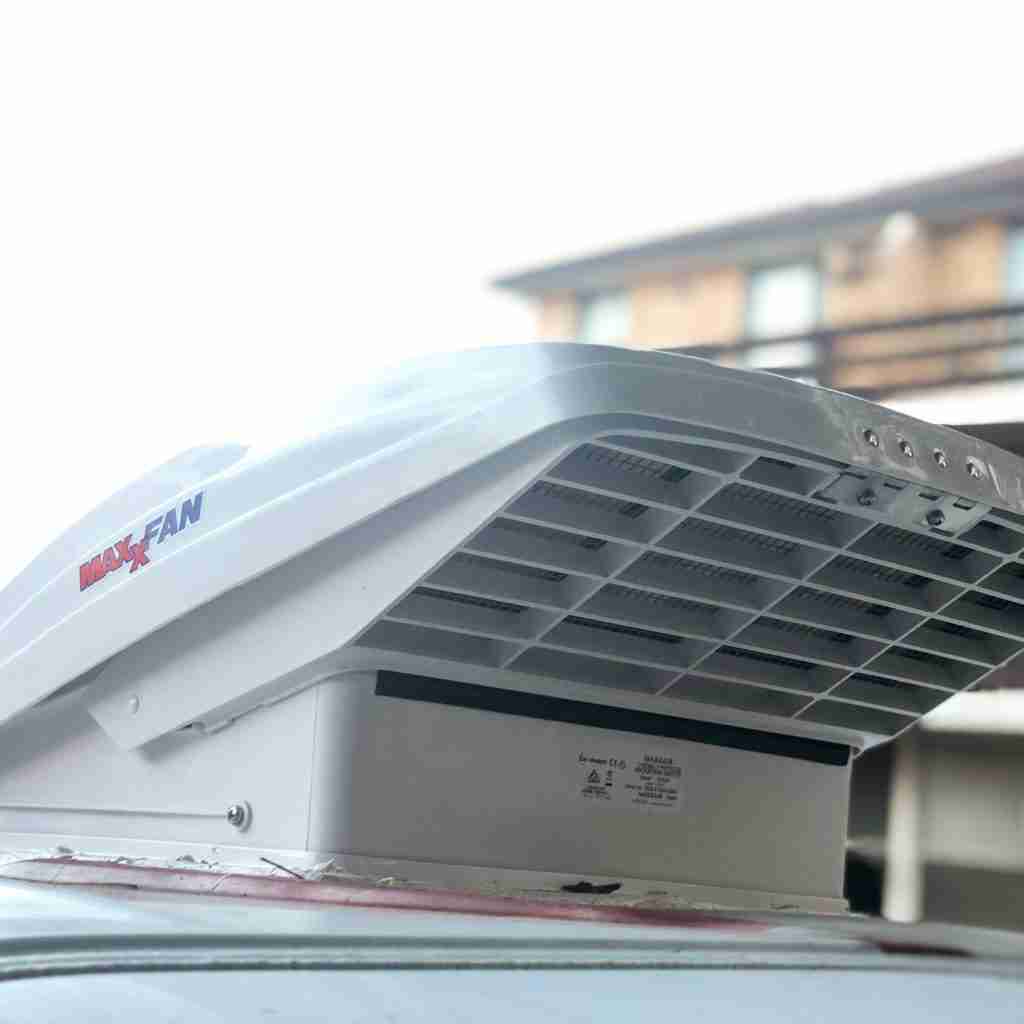
Camper Van Heating and Cooling
– The Best Diesel Heaters for Caravans in Australia
– Top 5 Caravan Gas Heaters In Australia
– Caravan Gas Heater vs Diesel Heaters: Which One Is Right for You?
– The Different Types of Heaters for Caravans
– How To Heat A Camper Van With No Power – 9 Tips For Staying Warm
– Maxxair Fan: Step By Step Guide On How to Install
– 12V Camping Fan: The Best on the Market Today
– Sirocco Fan Review: The Best Way to Stay Cool This Summer
– Camper Van Roof Vent: The Ultimate Guide For Everything You Need To Know
– Zero Breeze Mark 2 Review – Our Honest Review
– Portable Air Conditioner For Camper Vans: Ultimate Guide
– What to Consider When Installing an Air Conditioner for your Camper van
– What to consider when choosing a portable air conditioner for camper van
– How to Stop Condensation And Moisture Buildup In Your Camper Van
– Camper Van Soundproofing and Insulation: Ultimate Guide
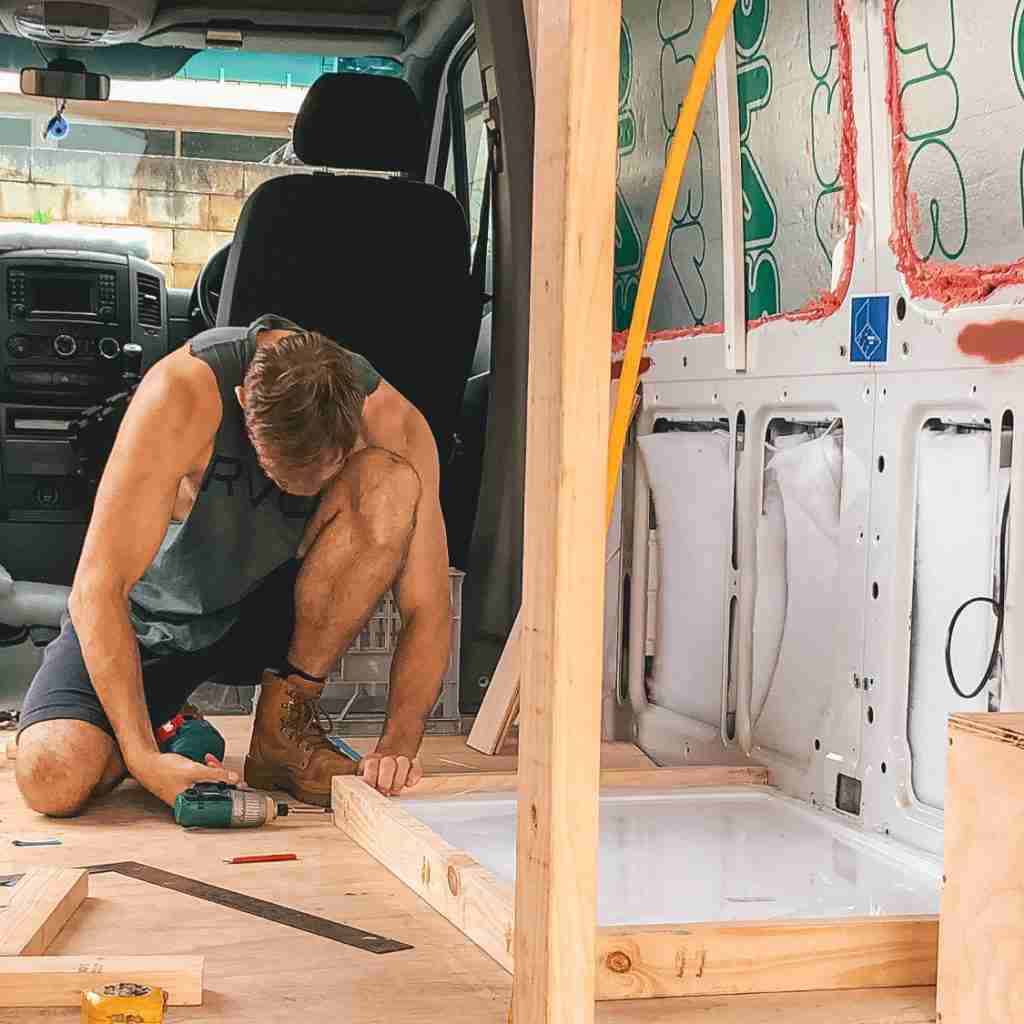
Camper Van Bathroom
– Campervan Toilets: The Ultimate Guide for Camping
– Campervan Shower and Toilet: How We Built Ours
– Duoetto mk2 Hot Water Tank Review – 12 Volt Camper Shower
– Glideaway Shower Screen: A Review Of Pros And Cons
– Nature’s Head Composting Toilet
– Understanding the Basics: How do Portable Camping Toilets Work?
– Comparing Outdoor vs Indoor Toilets and Showers in a Campervan
– Top 5 Camping Hot Water Systems of 2023: A Comprehensive Guide
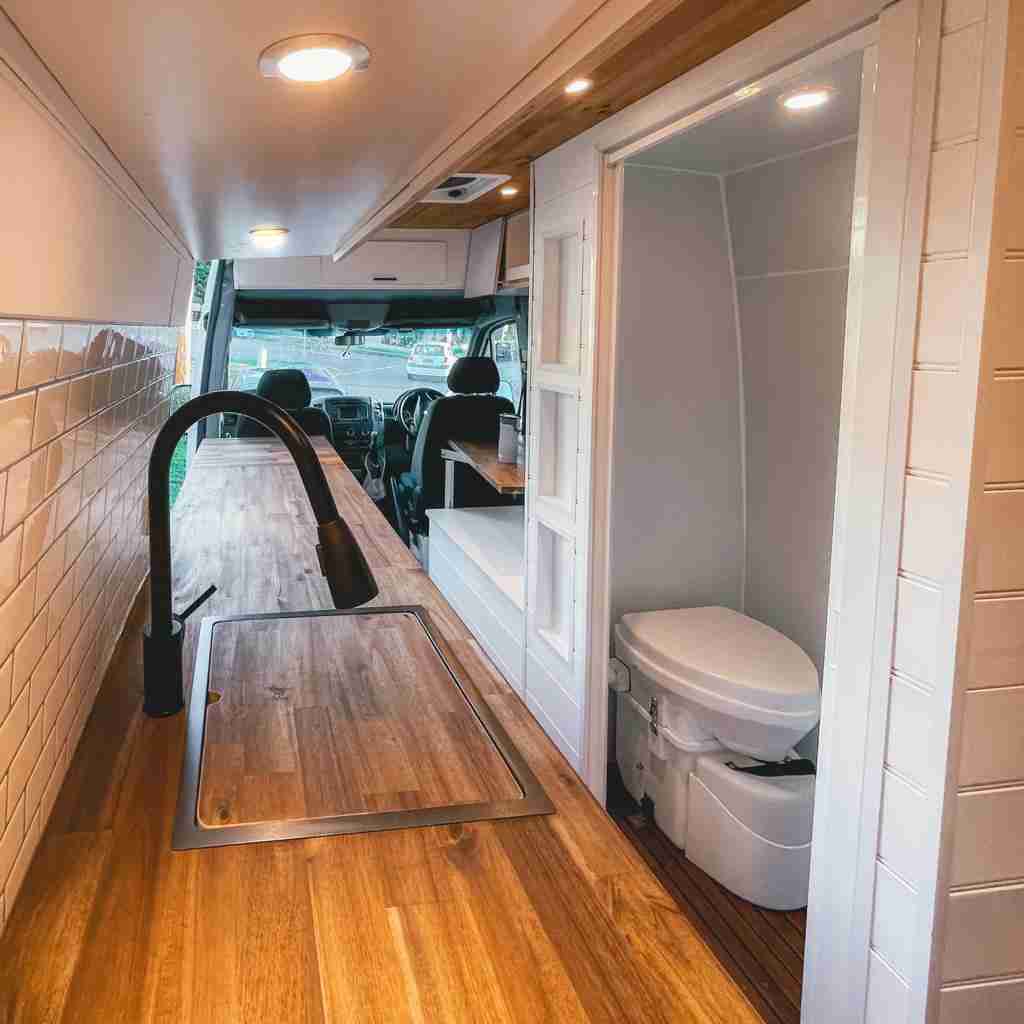
Camper Van Kitchen
– Bushman Fridge Review – A Guide on The DC-x Range
– Brass Monkey Fridge Freezer Review
– DIY Campervan Kitchen: 7 Steps To Building Your Own
– How to Reduce Energy Use of a 12V Campervan Fridge
– How A 3-way Caravan Fridge Works
– Camper Fridge Freezer: How to Choose Yours
– Top Seven Caravan Ovens You Can Buy Today | Round-Up Guide (2025)
– Five Best Caravan Microwaves To Buy (2025)
– Induction Cooktop vs Gas in Campervan: Pros & Cons for Cooking in (2025)
– Ultimate Guide for The Best 12v Upright Camping and Caravan Fridges (2025)
– How To Prime A Caravan Water Pump
– The Ultimate Guide for the Best 12V Water Pumps for Caravans Our Top Five Picks
– The 6 Best 12v Camping Kettles

Cleaning
– Best Campervan Washing Machines in Australia
– Portable Toilet Chemicals: How to Choose the Right One
– How to Wash Clothes in a Camper van
– Camping Clothesline: Top 6 In Australia
– How to Dispose of Grey Water in a Campervan
– How to Clean your Caravan’s Water Tank in 6 Easy Steps
– How to Clean Air Conditioner Filter in a Camper Van
– A Comprehensive Scrubba Wash Bag Review: Is It Really the Best Travel Laundry Bag?
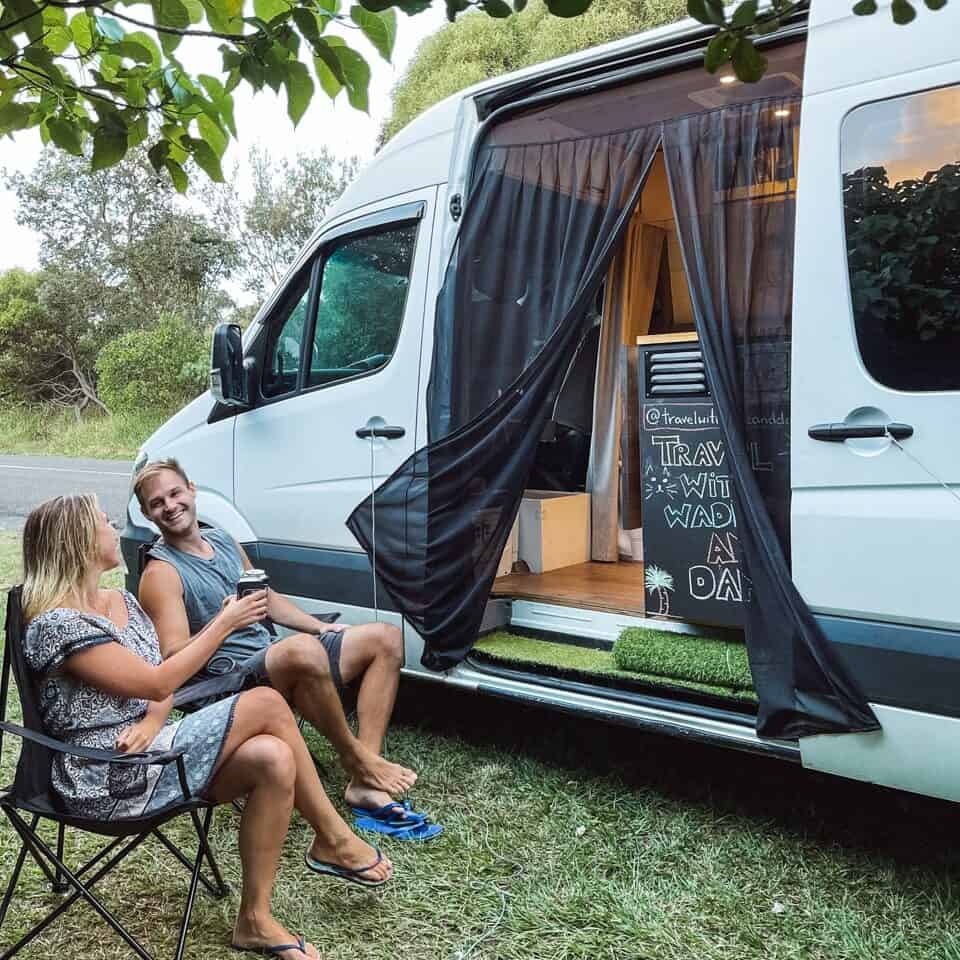
Misc
– 77 of the Most Popular Caravan and Campervan Items
– Magnetic Fly Screen From Living in a Bubble
– 7 Best Campervan Hire Companies in Australia (2025)
– 7 Incredible 4×4 Camper Vans For Overland Adventures
– Waggle Temperature Monitor Review
– Difference Between Off-road and Normal Camper Vans
–A Review of Lucent Globe Eco Laundry Sheets
–10 Essential Tips for How to Store A Caravan When Not in Use
– Innovative Caravan Storage Ideas for Maximum Space Saving
– Essential Caravan Must Haves for 2023
